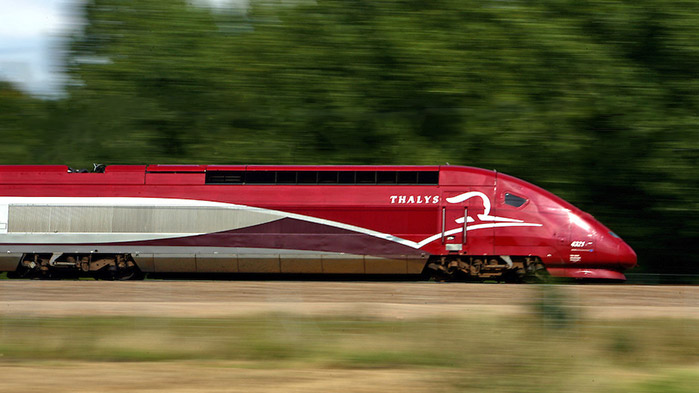Related to the presentation my team led recently, I thought each of the team members were very well prepared. We rehearse for the presentation numerous times to keep it up to standard. Now, I'm going to write a bit more on my part of the presentation, by highlighting the strengths and weaknesses.
For my strength, I think I was well prepared for the presentation. I knew my contents well which allowed me to go straight to the main point on my part of the presentation. The design of the presentation was clear and brief. Since I know my contents perfectly, I didn’t spend much time looking at the screen to see if I was on the correct slide at the right time. The last strength I will enlighten is the clarity of my English. The flow of my presentation was slow. I made pauses in between my presentation to make sure everyone understood what I was trying to present. It is also effective for the audience to analyse and get what I want to present.
My main weakness is giving speeches in front of a big group. However, the Effective Communication module helped me to improve on that. My tone throughout the presentation was rather monotonous. I also felt that there were certain pronunciation problems throughout my presentation. My presentation was missing a sense of humour. Usually, I love making fun and doing some jokes during a presentation. However, this time I was rather serious as it was an issue which was serious. I think I could have smiled more. It’s the essence of a presentation to make the audience comfortable.
All in all, this oral presentation was a valuable experience for me in giving presentation speeches. I learned many things through the presentation and the whole project in general.
__________________________________________________________________________________________
Commented on Iskandar and Frankie blog post on 09/12/2016
__________________________________________________________________________________________
Commented on Iskandar and Frankie blog post on 09/12/2016
